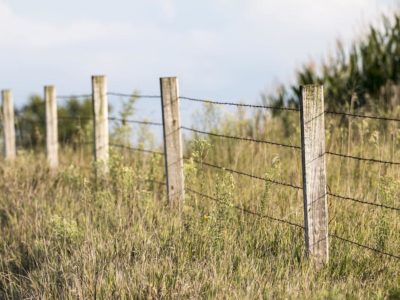From your side of the fence: Combination farms
01-23-2012 in From Your Side of the Fence
Combination livestock farms can be challenging if a farmer is considering expanding. The most common example of a combination farm is cattle and hogs on the same farm site. Under state law, for the purpose of new construction permitting, all animals units in the same production practice need to be counted together.
What this means is if you have a 2,400-head confinement hog barn and are considering building a 600-head cattle confinement barn, you will need to count the animal units from both confinements together. Animal units determine which separation distances and permitting requirements need to be met for the proposed cattle confinement.
In this case, the combined animal units are 1,560 animal units (2,400-head of hogs is 960 animal units and 600-head of cattle is 600 animal units). The proposed cattle confinement would need to meet the separation distances and permitting requirements for a confinement feeding operation between 1,000 and less than 3,000 animal units.
If a farmer needs assistance in better understanding DNR regulations and how these regulations apply to their individual farm, they can request a free farm visit by contacting the Coalition at 800-932-2436 or visiting www.supportfarmers.com.
Recommended News

From Your Side of the Fence – November 2018
The fall of 2018 has made manure application very challenging in specific areas of the state. We have been receiving questions on manure application rules and using the “Emergency Application...
Read More
From Your Side of the Fence: Patience and planning
New construction of a livestock barn is a big project; it doesn’t happen overnight. Depending on the size of the barn and location, it can take months before you are...
Read More
From your side of the fence: Top five neighbor relations tips
Neighbor relations is never an easy topic for farmers, or me, to talk about. No one-size-fits-all approach works for any and all farms. Each farm is different and each neighborhood...
Read More